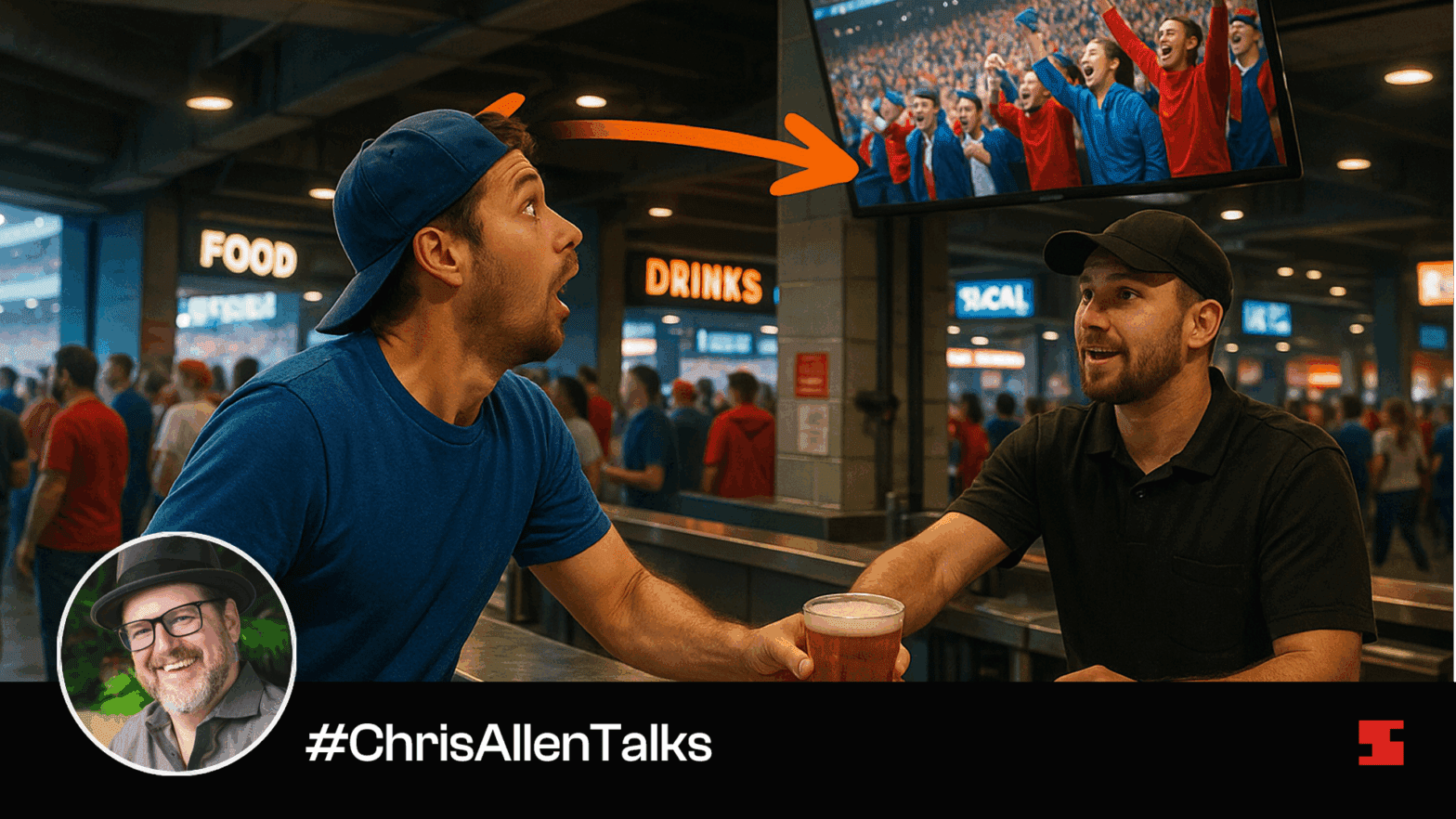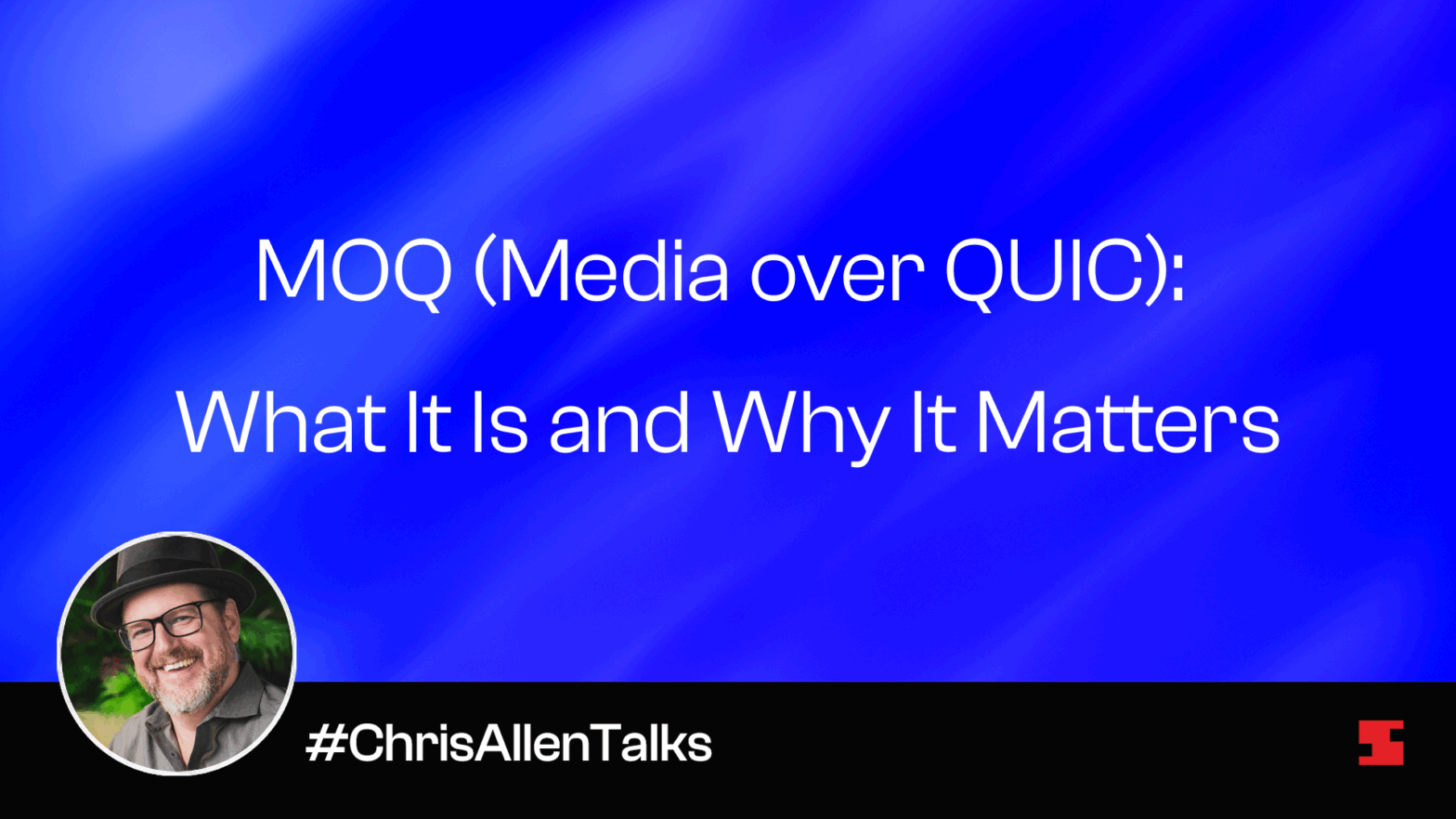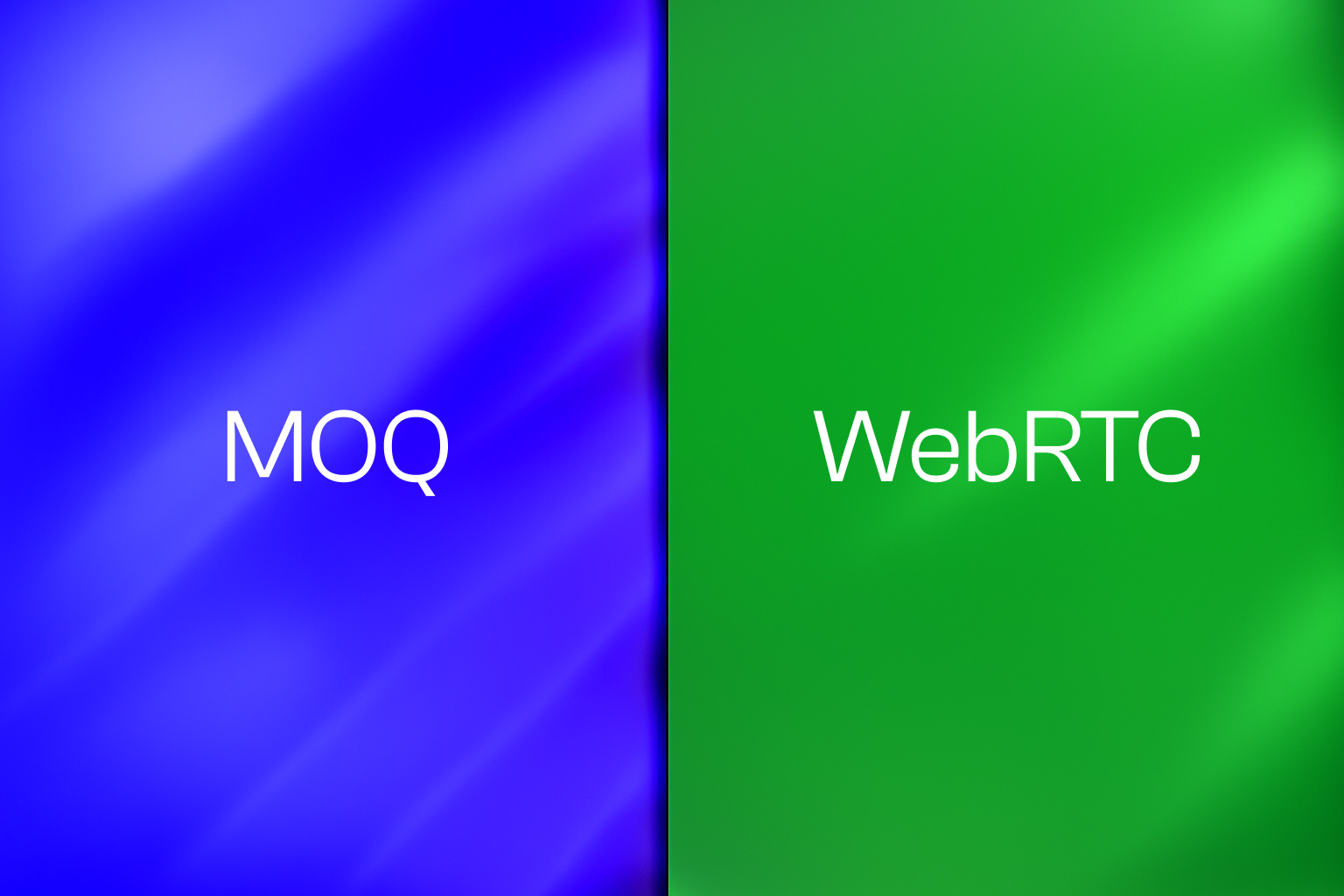When we talk about real-time streaming at Red5, we often use the phrase “Streaming at the Speed of Thought.” It is not just a tagline. It is a very literal target and mission. In this blog you will learn how human perception, neuroscience, and physics shape what “real-time” actually means in practical streaming systems. Watch… Continue reading Streaming at the Speed of Thought: How Human Perception Affects the User Experience
Category: Streaming Basics
Streaming Basics covers fundamental concepts, protocols, and technologies that power live and on-demand video. These guides break down complex topics into simple, practical explanations to help you understand how streaming works from the ground up.
AV1 vs H.265: Codec Comparison Guide [2025 Updated]
We covered how AV1 compares to H.264 in our previous blog. In this one, we’ll look at which codec comes out on top in the fight between AV1 vs H.265. You’ll learn how they differ in efficiency, compatibility, live streaming readiness, and long-term value for streaming platforms. What is a Video Codec? Illustration of the… Continue reading AV1 vs H.265: Codec Comparison Guide [2025 Updated]
What Is MOQ (Media over QUIC) and Why It Matters
What is MOQ, and why is everyone in the live streaming industry talking about it? MOQ, short for Media over QUIC, is a new open standard being developed by the IETF to bring real-time, sub-second, and on-demand video into a single, modern protocol. In this blog, you will learn what MOQ is, how it works,… Continue reading What Is MOQ (Media over QUIC) and Why It Matters
MOQ vs WebRTC: Why Both Protocols Can And Should Exist In Live Streaming Space In 2025
MOQ vs WebRTC has become one of the most talked-about topics in the live streaming space over the past few months.I’ll share a more detailed blog about this new live streaming technology soon, but first, I’d like to address the latest buzz happening around it. In this blog, I will share the latest industry discussions… Continue reading MOQ vs WebRTC: Why Both Protocols Can And Should Exist In Live Streaming Space In 2025
What Role Does HLS Play Within The WebRTC In Real-Time Streaming World?
In this blog, based on my recent LinkedIn post, you’ll learn about the role of HLS in real-time streaming and why it remains essential even in a world dominated by WebRTC. While WebRTC powers sub-250 ms interactive experiences, HLS continues to handle crucial functions like live-to-VOD transitions, DVR playback, and time-shifted viewing. I’ll also share… Continue reading What Role Does HLS Play Within The WebRTC In Real-Time Streaming World?
AV1 vs H.264: Codec Comparison Guide [2025 Updated]
We covered how AV1 compares to VP8 and VP9 in our previous blog. In this one, we’ll look at which codec comes out on top in the fight between AV1 vs H.264. You’ll learn how they differ in encoding performance, CPU consumption, bandwidth savings, browser support, licensing, supported streaming protocols, and long-term value for streaming… Continue reading AV1 vs H.264: Codec Comparison Guide [2025 Updated]
What is Ultra-Low Latency? Definition, Use Cases, and How to Achieve it [2025]
Ultra-low latency makes live video feel immediate, enabling real-time interaction without awkward delays. In this blog you will learn what latency is, why sub-second delivery matters, what use cases it powers, and how to achieve it in your streaming application. What Is Latency? Three most common latency types. Latency is the delay between when data… Continue reading What is Ultra-Low Latency? Definition, Use Cases, and How to Achieve it [2025]
What is WHIP and WHEP? Creating Simpler and Faster WebRTC Connections
WHIP and WHEP are the newest additions to the WebRTC ecosystem, designed to simplify how real-time connections are made. In this blog, you will learn what these protocols are, how they work, why they matter, and what benefits they bring to developers and enterprises. What is WebRTC? WebRTC or Web Real-Time Communication protocol is an… Continue reading What is WHIP and WHEP? Creating Simpler and Faster WebRTC Connections







